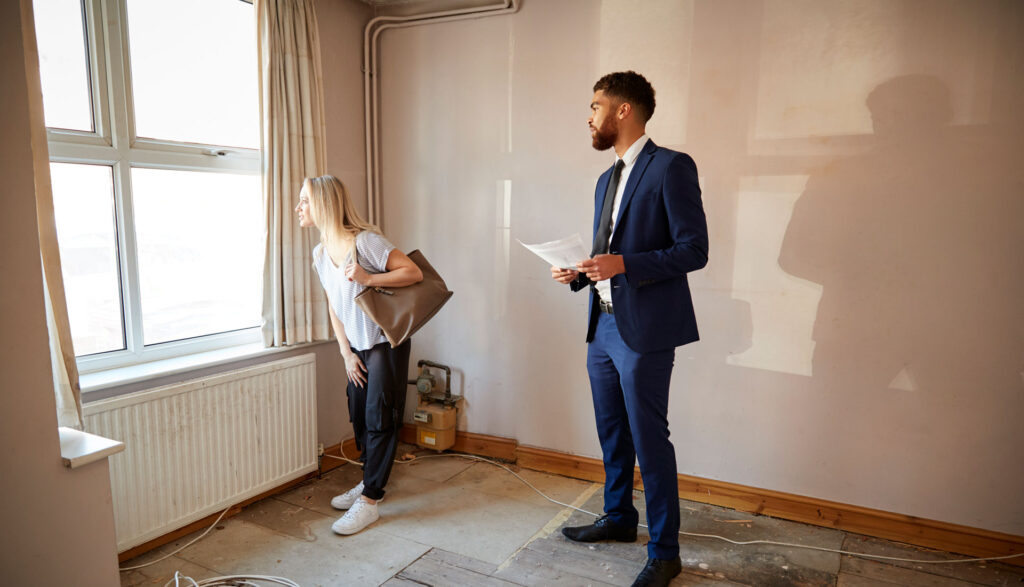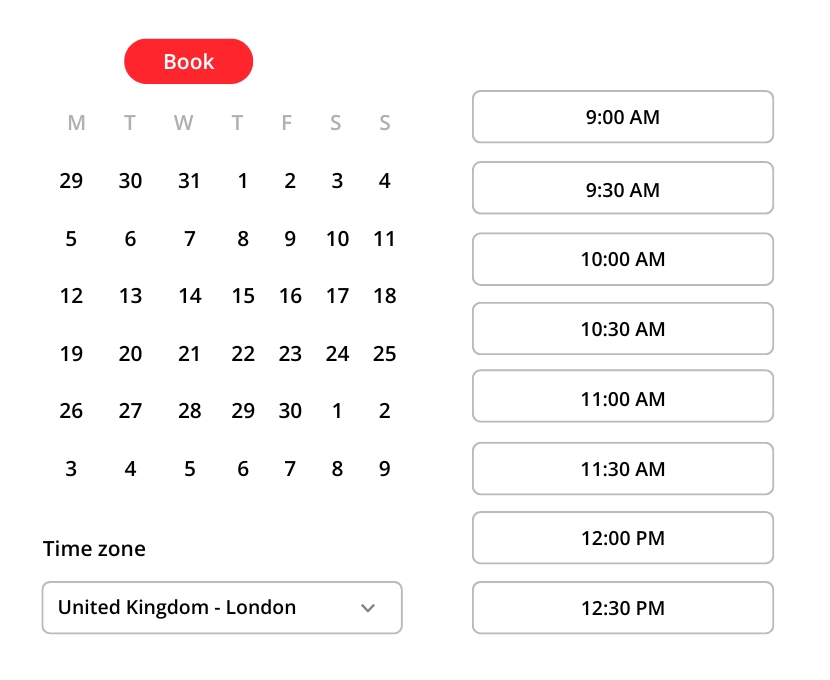The Ultimate Guide to Carrying Out a Damp Inspection in Your London Home
You may have recently moved into an old property in London and you notice signs of damp that you hadn’t seen when viewing the property; all is not lost, however, as you can arrange for a certified damp surveyor, or you can follow our instructions and do your own damp inspection.
Essential equipment
The gear you will need includes the following:
- Torch – Essential to see in those dark corners in the loft and other locations where there is insufficient illumination. Order a rechargeable flashlight online and it can be stored in the car for emergencies.
- Screwdriver – Not to turn screws, rather to poke and prod brickwork, mortar and masonry, looking for signs of crumbling. If you happen to encounter moss growing on exterior surfaces, remove it and see what is underneath.
- Hygrometer – This device measures moisture in the air, which is a critical factor where damp is concerned. A reading higher than 60% is considered excessive and steps must be taken to reduce the amount of moisture in the air.
- Moisture meter – There are two types; pinned and pinless, with the prongs used to insert into materials to measure moisture content. The pinless variety can only measure surface moisture, so the pinned meter is preferable, as it can measure inside wood and plaster.
- Peephole camera – While not absolutely essential, a borescope camera helps you to get close up views of dark corners and under floorboards. They can be found online and are not too expensive; you can also use it to see in those hard-to-reach areas of the car engine and under the wheel arches.
- Extendable ladders – You need to inspect the roof and clean out the guttering, which provides an essential escape route for rainwater. You also need to inspect exterior walls at every height, from ground level to the roof.
Once you have all the above, you are ready to carry out a damp inspection.
The roof and loft
The roof needs to be inspected every few months; gale force winds can lift up roof shingles and this can lead to water penetrating the internal roof timbers; if there is a musky smell, this is a strong indication that mould is present somewhere nearby.
Ground level
The exterior walls of your home should be closely inspected at or near the ground line, where the brickwork starts, there will be a damp proof course (DPC) inserted between rows of bricks, which stops damp from reaching the walls. If the DPC membrane is damaged, rising damp will become a reality.
Interior walls and ceilings
Check every room, looking at walls and ceilings, if you see tide marks, discolouration or damp patches, this needs to be investigated. Peeling wallpaper and bubbling paint means you have a high level of moisture in the walls. Inspect every room from top to bottom, also checking timber skirting, architrave and window frames, looking for signs of woodworm and mould.
At London Damp Specialists, we offer a free damp survey to London homeowners, call us on 020 7458 4864 and we will arrange for a damp surveyor to assess your home and we quote for remedial work.

